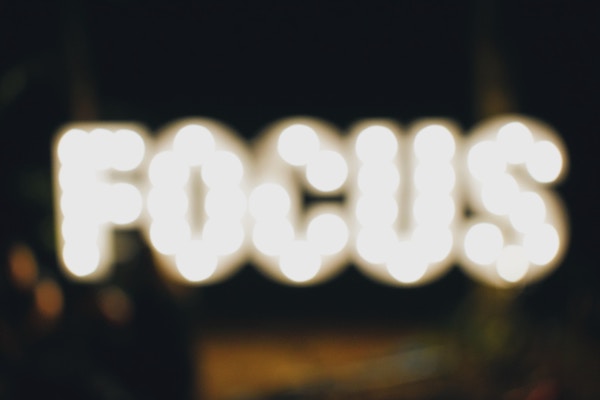Speaking of the Reiss
A desire in the Reiss Desire profile is synonymous with motive – a reason to instigate behaviour. Aristotle first instructed us that motives are divided into ends and means. Means are the steps that we take for getting what we want. They are motivating in that they lead to something else and they cease to be motivating once that end result is achieved.
What we are talking about in the Reiss are end motives. No matter how often or completely they are achieved they continue to be motivating. Take curiosity for example and you can easily see that learning begets the desire for more learning.
What contributes to individuality
Although everybody embraces the 16 basic desires, individuals prioritize them differently. The Reiss Profile is a summary of person’s rankings of the 16 basic desires which for them are strong and which are weak. Generally, at the two ends of the spectrum are the desires that contribute the most to explaining a person’s behaviour. Those basic desires that are neither strong nor weak are less important in explaining a person’s motivation.
Attention matters
Our behaviour makes sense when we understand how our desires (our motives) organize our attention: thoughts, feelings and actions into a coherent whole. We pay attention to stimuli that are relevant to the satisfaction of our desires, and we tend to ignore stimuli that do not satisfy our desires. For instance, a person with high desire for order will automatically pay attention to how neat and clean workspaces are. On the other hand, a person with a low desire for order may not even be aware that things are chaotic as their attention is elsewhere. One is not better than another in and of themselves but may seem so especially in certain work situations.
Some examples at work
You can see the list of all 16 desires but let’s consider how you make use of this information in looking at how you do your work. If the job that you are doing does not line up with your Reiss motivational profile, you can work on how you design your workflow or design a strategy to have that need met elsewhere. People with a high need for physical activity can get that need met by extra-curricular activities such as classes, sports teams and vacation opportuities.
John Gray was a few months short of a PHd in Kinesiology when he recognized that a life of research or teaching was not for him. He likes to be active. Now he sees his own roster of clients, heads the fitness section of a private club and still has many opportunities to continue his passion for learning through specialized courses that he is taking in Europe and the teaching he is doing as a guest university lecturer.
Idealism is the need for Social Justice. On my recent trip to visit my daughter in Victoria British Columbia I met a number of people who had a high need for Social Justice – social workers, lawyers, therapists, organic gardeners and researchers. What I came away with was no matter what work those with a high need for Social Justice were doing they had Social Justice as a filter that operated in their life. Linda Lundstrom is a Canadian fashion icon. She is devoted to Indigenous issues and promotes Indigenous artists in her designs. In addition all contributions from her speaking engagements go toward the Kiishik fund that she established to create awareness of First Nations in the classrooms and communities of the Red Lake District.
In my case the more time I spend looking through the lens of the Reiss I realize just how much the twin motivators of low honour and high independence play a strong role in all things big and small in my life. Honour is the need to be loyal to the traditional values of one’s clan and I don’t have this at all. What I have is the need for expediencey which is how a low need for honour shows up. What this means is that I don’t think to ask for help and anything that I do I want to do it in the fewest steps possible to get a satisfactory result. What this means is that I know I would not do well working in a bank and that I work well on projects where each person has their specified role and I can do my part rather independently.
You can learn more by buying:
1. Dr Reiss’s book “Who am I?”
2.A digital download of my first Inner Landscapes show and guide that has an explanation of the Reiss Desires plus 24 paintings that illustrate these traits and a sample Reiss Profile.
3. The Reiss Profile online.

